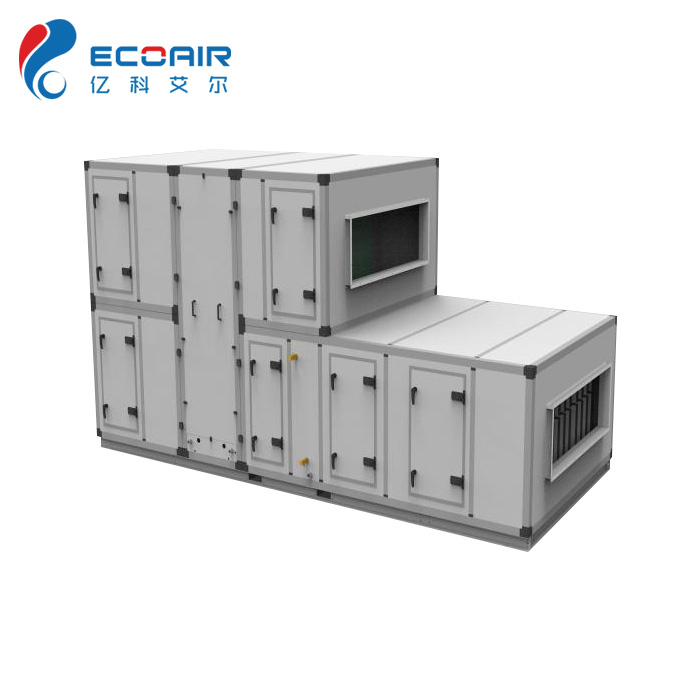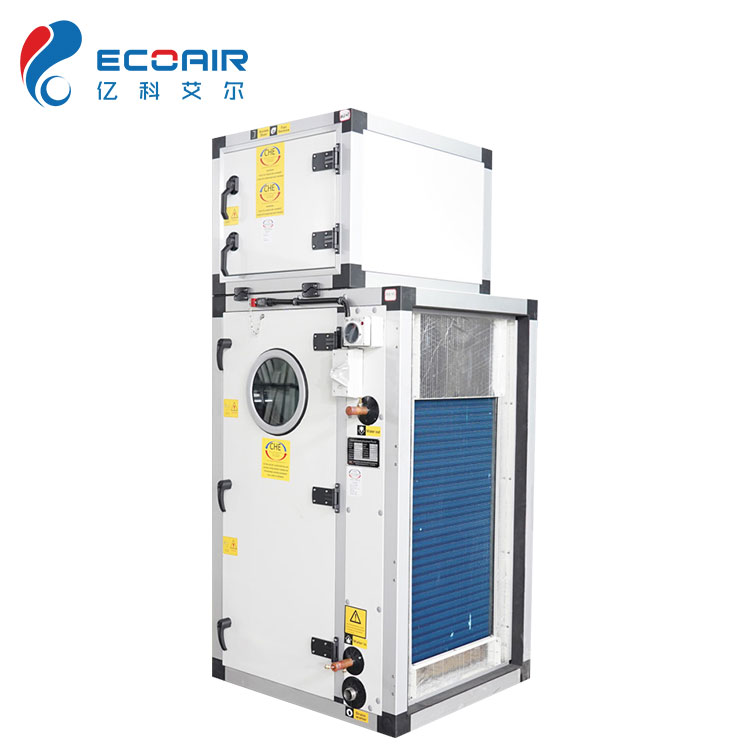Why Is a Modular Air Handling Unit the Optimal Choice for Modern HVAC Systems?
2025-08-13
In today's commercial, industrial, and residential environments, air quality and energy efficiency are top priorities. The Modular Air Handling Unit (AHU) has emerged as a flexible, high-performance solution for ventilation, heating, and cooling requirements. This advanced HVAC component is designed to adapt to diverse applications while providing consistent air quality control, reduced operational costs, and easy maintenance.

Understanding the Modular Air Handling Unit
A Modular Air Handling Unit is a central component of an HVAC system that conditions and circulates air as part of a building's ventilation. Unlike traditional fixed designs, the modular type is built from individual sections or modules—each with a specific function—allowing tailored configurations for different environments.
Key Features:
-
Customizable design to meet unique building needs
-
High-efficiency fans and motors to minimize energy use
-
Flexible configurations for heating, cooling, humidification, and filtration
Applications Include:
-
Office buildings
-
Shopping malls
-
Hospitals and healthcare facilities
Technical Parameters of Our Modular Air Handling Unit
Our modular AHUs are engineered for high performance, energy efficiency, and compliance with international standards. Below is a simplified technical specification table for reference:
| Parameter | Specification |
|---|---|
| Airflow Capacity | 2,000 – 100,000 m³/h |
| Static Pressure Range | 200 – 2000 Pa |
| Thermal Efficiency | Up to 85% (with heat recovery option) |
| Filter Class | G4 to H14 (EN 779 / EN 1822) |
| Cooling Coil Type | DX / Chilled Water |
| Heating Coil Type | Electric / Hot Water / Steam |
| Fan Type | EC / Plug / Centrifugal |
| Noise Level | ≤ 75 dB(A) |
| Material Options | Galvanized steel, Aluminum alloy, Stainless steel |
| Control System | PLC / BMS integration |
Choosing the Right Modular Air Handling Unit for Your Project
Selecting the correct Modular Air Handling Unit involves assessing factors such as airflow requirements, pressure demands, climate conditions, and application type.
Key Selection Factors:
-
Capacity: Match airflow capacity to building size and occupancy.
-
Energy Recovery Needs: Choose units with integrated heat recovery for efficiency.
-
Material: For corrosive or high-humidity environments, stainless steel is ideal.
FAQ – Modular Air Handling Unit
Q1: What is the lifespan of a Modular Air Handling Unit?
A1: With proper maintenance, a high-quality Modular Air Handling Unit can last 15–25 years. Factors such as environmental conditions, operational hours, and maintenance frequency can influence lifespan.
Q2: How often should filters be replaced in a Modular Air Handling Unit?
A2: Filter replacement depends on usage and air quality but generally ranges from every 3 to 6 months for pre-filters and 6 to 12 months for fine or HEPA filters. Regular inspection ensures optimal performance and air quality.
Q3: Can a Modular Air Handling Unit be customized for cleanroom applications?
A3: Yes, our modular AHUs can be configured with HEPA filtration (H14 class), stainless steel casings, and UV sterilization options to meet cleanroom ISO standards.
Conclusion
A Modular Air Handling Unit is more than just a ventilation device—it is a flexible, energy-efficient, and scalable solution for achieving optimal indoor air quality in modern buildings. With tailored configurations, advanced control integration, and premium build quality, it meets the demands of a wide range of industries and environments.
For more details, specifications, or project consultation, contact Ningbo Ecoair Environmental Technology Co., Ltd. and discover how our expertise can optimize your HVAC performance.















